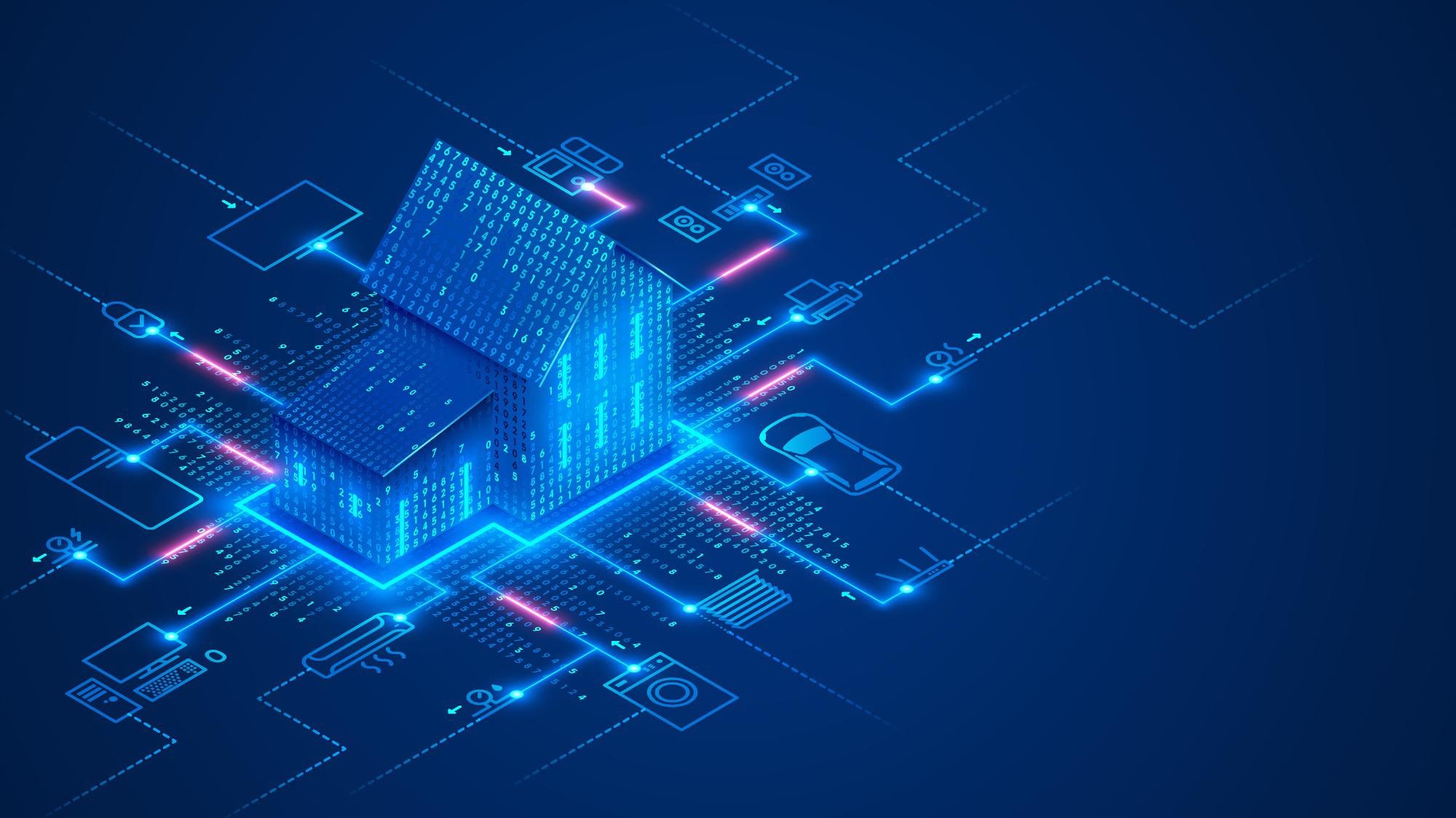Writing in the journal ACS Materials Au, a team of scientists from the National University of Singapore has reviewed the progress of IoT devices in smart homes and for health care applications. The comprehensive review has investigated advanced material development, devices, fabrication techniques, and systems for this purpose. Additionally, the authors have highlighted future outlooks, opportunities, and challenges.

Study: Progress of Advanced Devices and Internet of Things Systems as Enabling Technologies for Smart Homes and Health Care. Image Credit: Andrey Suslov/Shutterstock.com
The IoT Revolution
The world has become a much more connected place in recent decades. Several key technologies have driven what is widely being termed the 4th industrial revolution. Amongst these technologies, 5G and the Internet of Things (IoT) have developed at a breakneck pace in recent years. These technologies have been employed for applications such as environmental monitoring, personal health care, smart traffic management, smart agriculture, human-machine interactions, and smart homes.
Health care and smart homes have been the focus of significant research in recent years. This has been driven by increasing demands in connectivity, safety, personalized, home-based healthcare, domestic amenity, and automation. Advances in smart materials and fabrication techniques have driven this technological revolution, helping to realize the aims of the smart home concept and personalized healthcare.
Two key elements of this technological revolution are wearable devices and internet-connected home equipment. Smart IoT sensors and systems have been integrated into everyday home objects for functions such as automation, health monitoring, fall detection, security, personal care, smart interaction, and elderly assistance. Devices are linked together and can communicate between themselves and the cloud to provide the basis of a smart home platform.
Energy Concerns in the Field
Energy supply and usage are a concern with smart homes due to the increased energy demands of more devices being connected within domestic dwellings. This is a significant bottleneck to further development as batteries have a limited lifespan and require time, effort, and cost to replace. Self-sustaining and autonomous systems which incorporate energy harvesting functionality are highly desirable in the field of IoT connectivity and smart homes.
Scientists have developed numerous energy harvesting devices. These include solar-powered devices, thermoelectric generators, pyroelectric generators, piezoelectric generators, and triboelectric generators. Triboelectric generators, which work on the principle of contact electrification and electrostatic induction, have gained significant research interest. They harvest mechanical energy and have benefits such as high performance, low cost, good scalability, material availability, simple structure, and high compatibility.
Improving Intelligent Functionality
Aside from material design and energy harvesting capabilities, another key concern in the field at the moment is increasing the intelligent functionality of sensors and devices to enhance their decision-making process and reaction to real-world scenarios. Technologies including AI, machine learning, and deep learning have been used in the field. This integration of IoT and AI has led to the formation of a new research field: the artificial intelligence of things (AIoT.)
IoT systems have already been used in several applications, including personalized healthcare monitoring, gait analysis, object recognition, security, and ambient electronics. When installed in smart homes, they give them not only interactive functions and multimodality monitoring but intelligent decision-making capabilities.
The Paper
The new paper published in ACS Materials Au has provided a comprehensive review of the current progress in the field of IoT devices. Firstly, the paper has reviewed fabrication techniques and advanced materials used in the construction of devices.
Biocompatible, flexible, and self-healing polymers provide enhanced comfort and mechanical performance. Large-scale fabrication techniques such as roll-to-roll printing and electrospinning have shown promise for the manufacture of large-area applications such as floor sensors and whole-body sensors.
Next, the paper has highlighted wearable technologies and ambient devices which are deployed in home environments and on human bodies. Particular attention has been paid to self-powered devices. Design considerations and working mechanisms have been explored. Application scenarios such as assistance, security motion tracking, healthcare, and automation have been discussed in detail.
A detailed review of current technological developments in intelligent systems and self-sustainable systems has been provided by the authors, which are the two main promising trends in IoT technologies for the smart home. Conclusions and outlooks are discussed which emphasize current opportunities and challenges for the future development of fully integrated and connected AI-enabled smart homes. A comprehensive review of over 250 current papers has been provided.
Current challenges include developing more efficient and robust energy harvesting components, with current devices only able to provide low-power generation. Linked to this limitation is the need for extended charge times. Devices need to be optimized for their full potential to be realized. A second challenge is the amount and types of data continuously generated in smart homes. Advances in data analytics are needed to effectively analyze these data streams.
Optimization at all levels, from individual device components to complete systems, is needed, but the authors have stated that with innovations in technology, the realization of fully connected, integrated, smart, and self-sustained AI platforms can be achieved in the future.
More from AZoM: What Multi-Analytical Techniques are Used to Assess Paintings?
Further Reading
Shi, Q et al. (2022) Progress of Advanced Devices and Internet of Things Systems as Enabling Technologies for Smart Homes and Health Care ACS Materials Au [online] pubs.acs.org. Available at:
Disclaimer: The views expressed here are those of the author expressed in their private capacity and do not necessarily represent the views of AZoM.com Limited T/A AZoNetwork the owner and operator of this website. This disclaimer forms part of the Terms and conditions of use of this website.